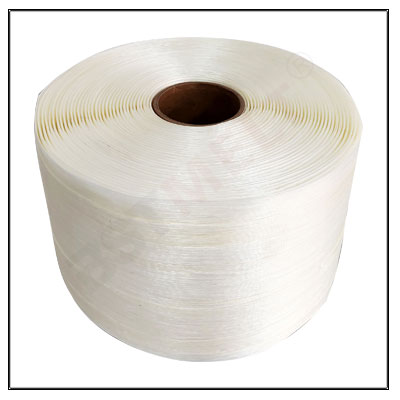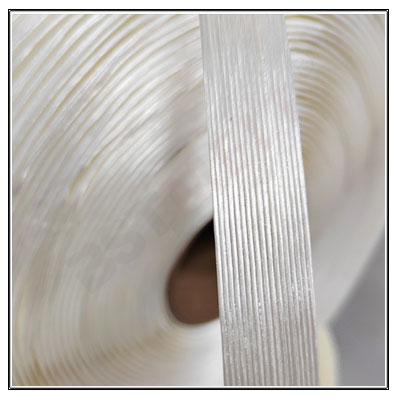In the world of waste management, efficiency is key. Waste compactors play a crucial role in this process by reducing the volume of waste and making it easier to handle and transport. However, a waste compactor is only as good as the consumables it uses. One essential consumable that ensures the compactor’s optimal performance is the baling strap.
Baling straps are heavy-duty straps made from materials such as steel, polyester, or polypropylene. They are designed to securely hold compressed waste bundles together, preventing them from falling apart during handling and transportation. These straps are critical in waste management operations as they provide stability and durability to the compacted waste bundles.
One of the main benefits of using baling straps is their strength. Waste compactors exert tremendous pressure on the waste, resulting in highly compacted bundles. Baling straps must be able to withstand this pressure without compromising their integrity. Steel baling straps are particularly known for their exceptional strength, making them ideal for heavy-duty waste compaction applications.
In addition to their strength, baling straps offer excellent resistance to weather conditions and chemicals. Waste management facilities often operate in outdoor environments, exposing the baling straps to harsh weather elements such as rain, snow, and UV radiation. Polyester and polypropylene baling straps have high resistance to these factors, ensuring their longevity and reliability.
Furthermore, baling straps are available in various sizes and lengths to accommodate different waste compactor models and waste types. This versatility allows waste management companies to choose the most suitable baling straps for their specific needs. Some waste compactor models require specific baling strap attachments or tools for proper installation, which further enhances the efficiency and safety of waste compaction operations.
The use of baling straps also contributes to sustainability efforts in waste management. By securely binding the waste bundles, baling straps prevent loose waste from scattering during transportation, reducing the risk of littering and environmental pollution. Additionally, the compacted waste bundles are easier to handle and stack, optimizing the use of space in waste management facilities and transportation vehicles. This leads to fewer trips and lower fuel consumption, resulting in reduced carbon emissions.
Regular maintenance and replacement of baling straps are essential to ensure the continuous efficient operation of waste compactors. Over time, baling straps may become worn or damaged due to the extreme pressure and repeated use. Therefore, waste management companies should establish a proper maintenance schedule to monitor the condition of the baling straps and replace them as needed.
In conclusion, baling straps are essential consumables in waste management operations using waste compactors. Their strength, resistance to weather and chemicals, versatility, and contribution to sustainability make them indispensable in the efficient compaction and transportation of waste. Waste management companies should prioritize the use of high-quality baling straps and establish proper maintenance procedures to maximize the lifespan and performance of their waste compactors. By doing so, they can effectively manage waste and contribute to a cleaner and more sustainable environment.




